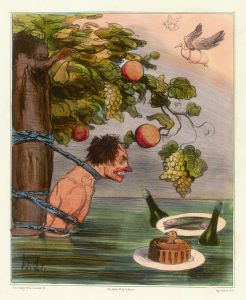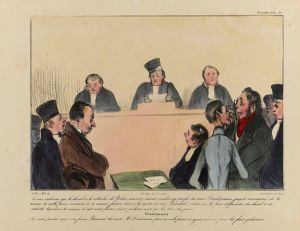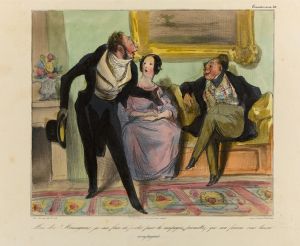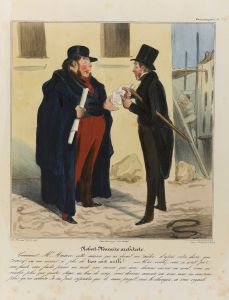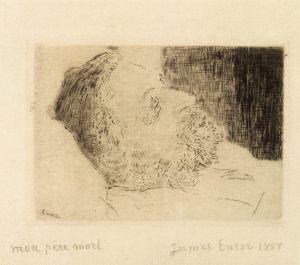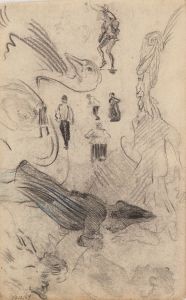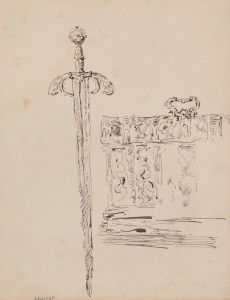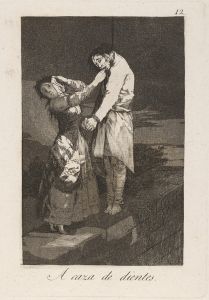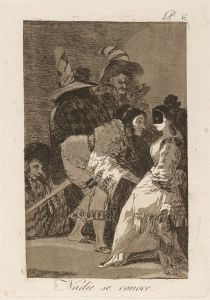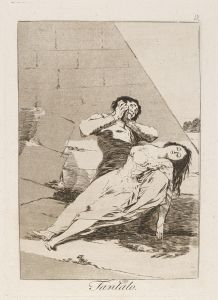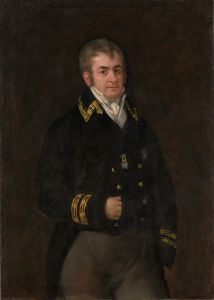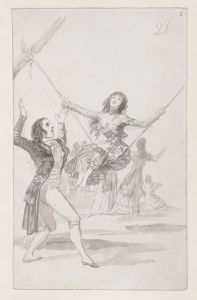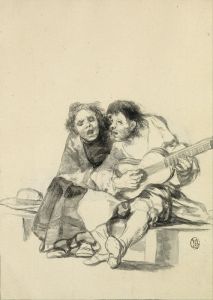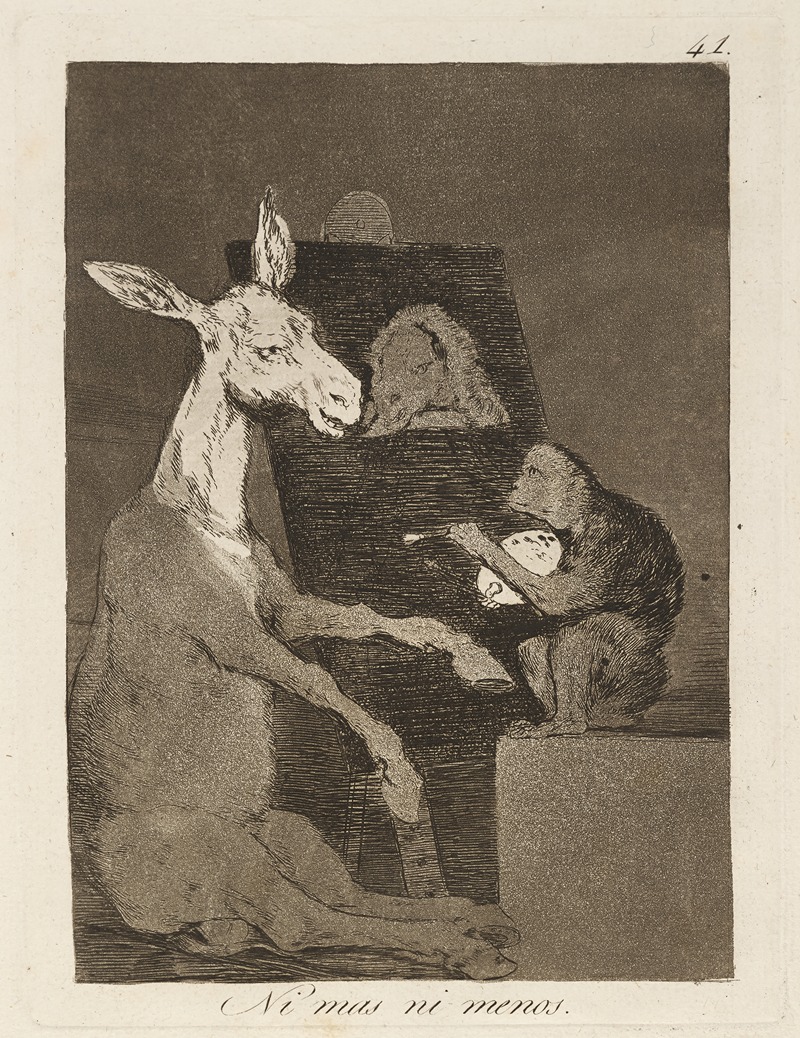
Ni mas ni menos.
A hand-painted replica of Francisco de Goya’s masterpiece Ni mas ni menos., meticulously crafted by professional artists to capture the true essence of the original. Each piece is created with museum-quality canvas and rare mineral pigments, carefully painted by experienced artists with delicate brushstrokes and rich, layered colors to perfectly recreate the texture of the original artwork. Unlike machine-printed reproductions, this hand-painted version brings the painting to life, infused with the artist’s emotions and skill in every stroke. Whether for personal collection or home decoration, it instantly elevates the artistic atmosphere of any space.
Francisco de Goya's "Ni más ni menos" ("No More, No Less") is one of the 80 etchings included in his famous series Los Caprichos, which was first published in 1799. The series is widely regarded as a critical and satirical commentary on the social, political, and religious issues of late 18th-century Spain. Goya used the medium of aquatint and etching to create these works, combining technical mastery with sharp social critique.
"Ni más ni menos" is plate 2 in the Los Caprichos series. The etching depicts a grotesque and exaggerated figure, dressed in fine clothing, being measured by two tailors. The scene is often interpreted as a critique of vanity and superficiality, mocking the obsession with appearances and social status. The title, "Ni más ni menos," suggests the idea of exactness or precision, which could be read ironically in the context of the absurdity of the scene.
Goya's Los Caprichos series was created during a time of significant upheaval in Spain, as Enlightenment ideas clashed with traditional institutions such as the monarchy and the Catholic Church. Through these works, Goya expressed his disillusionment with societal norms, human folly, and the abuses of power. While "Ni más ni menos" does not directly reference specific historical events, it reflects the broader themes of hypocrisy and moral decay that permeate the series.
The etching is notable for its use of caricature and exaggeration, which Goya employed to emphasize the absurdity of the subject matter. The grotesque figure and the meticulous attention to detail in the clothing and setting highlight the contrast between outward appearances and inner realities. This approach is characteristic of Goya's work in Los Caprichos, where he often used humor and satire to convey deeper messages.
Today, "Ni más ni menos" and the rest of the Los Caprichos series are celebrated as masterpieces of graphic art and social commentary. The original plates and prints are housed in various collections, including the Museo del Prado in Madrid, which holds one of the most comprehensive collections of Goya's works. The series continues to be studied and admired for its innovative techniques and its unflinching critique of human nature and society.





